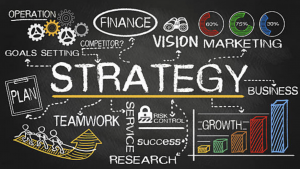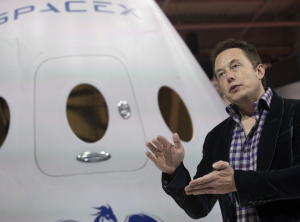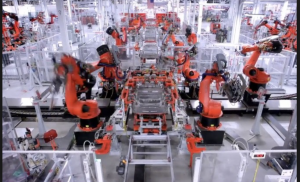I was about 8 years old and my mom was driving me back from a friend’s birthday party. Transformers was pretty big back then, so all I wanted at the time was that new transformer toy. I drive by a billboard and I read, “Optimus Prime action-figure now for $2.00”. Stupid kid that I was, didn’t think twice and the next thing I know I’m dragging my mom into the nearest Toy shop. The toy was nowhere near $2.00. Which cruel human being did this? Why? I walked in there, all ready for my new $2.00 toy, which ended up being $25.00. I was so excited, I was in the shop already, and so this one time, my mom gave in. Funny how that ended up happening.
I passed by that same billboard on the way home and looked more carefully. It read “Now for $2.00 less”I get it now… smart move….
Everything a company does is to make sure that customers want to buy their product. They make use of intensive marketing and advertisement strategies to manipulate the psychology of the customer to achieve their end goal.
What I spoke about earlier; that’s anchoring. People see what they want to see. And usually, the first piece of information that they get, that’s what makes a customer’s decision. Now as a company, you need to capitalize on that. So all I saw was the big bold $2.00, and that’s all the information I had. It’s like when you walk buy a shop in a mall, and you see this:

And then you walk into the store. They’ve hooked you now, and there’s no turning back. When you go to look for the clothes that are 50% off, it’s a lousy table with handful of clothes you’d never wear. But you’re there, 20% off, 30% off, might as well pick up a few things.
And these strategies can scale to a whole new level. A classmate of mine; Chloe, had an interesting take on apple’s latest releases: the IPhone X and the 8. Apple has made perfect use of something known as the decoy effect. This is when a company throws in a subsidiary offer in-order to make the what they want you to buy look more attractive. The IPhone 8 is pretty great, and is a notable improvement from the previous IPhone, but is it worth queuing up for? Personally, no. But then there’s the IPhone X. You compare that to the 8, and you have the phone selling out in a matter of minutes. Why get the 8 when you can get the X? exactly what Apple wants you to think.
Companies use powerful and clever marketing strategies to sway customers into buying their products. Their methods are intelligent, cunning and incredibly powerful. All-in-all; there is a whole lot more to advertisement than what meets the eye. And that ewhole lot more, is your brain.
Word Count: 450
References:
- Carron, C. (n.d.). IPhone X: will YOU buy it? – Chloe Carron’s Blog. Retrieved November 13, 2017, from https://blogs.ubc.ca/ccarron/2017/10/29/iphone-x-will-you-buy-it/
- Lewis, T. (2016, February 10). 9 sneaky psychology tricks companies use to get you to buy stuff. Retrieved November 13, 2017, from http://www.businessinsider.com/9-sneaky-psychology-tricks-companies-use-to-get-you-to-buy-stuff-2016-2/#priming-1



